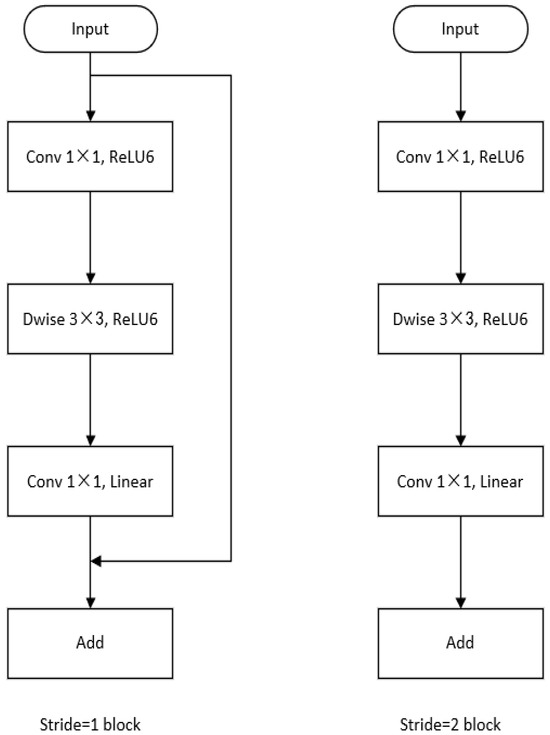Biotic stress in cotton plants caused by the phytopathogenic fungus
Colletotrichum gossypii var.
cephalosporioides triggers symptoms of ramulosis, a disease characterized by necrotic spots on young leaves, followed by death of the affected branch’s apical meristem, plant growth paralysis, and stimulation of lateral
[...] Read more.
Biotic stress in cotton plants caused by the phytopathogenic fungus
Colletotrichum gossypii var.
cephalosporioides triggers symptoms of ramulosis, a disease characterized by necrotic spots on young leaves, followed by death of the affected branch’s apical meristem, plant growth paralysis, and stimulation of lateral bud production. Severe cases of ramulosis can cause up to 85% yield losses in cotton plantations. Currently, this disease is controlled exclusively by using fungicides. However, few studies have focused on biological alternatives for mitigating the effects of contamination by
C. gossypii var.
cephalosporioides on cotton plants. Thus, the hypothesis raised is that endophytic fungi isolated from an Arecaceae species (
Butia purpurascens), endemic to the Cerrado biome, have the potential to reduce physiological damage caused by ramulosis, decreasing its severity in these plants. This hypothesis was tested using plants grown from seeds contaminated with the pathogen and inoculated with strains of
Gibberella moniliformis (BP10EF),
Hamigera insecticola (BP33EF),
Codinaeopsis sp. (BP328EF),
G. moniliformis (BP335EF), and
Aspergillus sp. (BP340EF).
C. gossypii var.
cephalosporioides is a leaf pathogen; thus, the evaluations were focused on leaf parameters: gas exchange, chlorophyll a fluorescence, and oxidative metabolism. The hypothesis that inoculation with endophytic strains can mitigate physiological and photochemical damage caused by ramulosis in cotton was confirmed, as the fungi improved plant growth and stomatal index and density, increased net photosynthetic rate (
A) and carboxylation efficiency (
A/
Ci), and decreased photochemical stress (ABS/RC and DI
0/RC) and oxidative stress by reducing enzyme activity (CAT, SOD, and APX) and the synthesis of malondialdehyde (MDA). Control plants developed leaves with a low adaxial stomatal index and density to reduce colonization of leaf tissues by
C. gossypii var.
cephalosporioides due to the absence of fungal antagonism. The
Codinaeopsis sp. strain BP328EF can efficiently inhibit
C. gossypii var.
cephalosporioides in vitro (81.11% relative inhibition), improve gas exchange parameters, reduce photochemical stress of chlorophyll-
a, and decrease lipid peroxidation in attacked leaves. Thus, BP328EF should be further evaluated for its potential effect as a biological alternative for enhancing the resistance of
G. hirsutum plants and minimizing yield losses caused by
C. gossypii var.
cephalosporioides.
Full article
 IJMS
IMPACT
IJMS
IMPACT Applied Sciences
IMPACT
Applied Sciences
IMPACT Sustainability
IMPACT
Sustainability
IMPACT Sensors
IMPACT
Sensors
IMPACT JCM
IMPACT
JCM
IMPACT Materials
IMPACT
Materials
IMPACT Molecules
IMPACT
Molecules
IMPACT Energies
IMPACT
Energies
IMPACT Electronics
IMPACT
Electronics
IMPACT Remote Sensing
IMPACT
Remote Sensing
IMPACT Cancers
IMPACT
Cancers
IMPACT Nutrients
IMPACT
Nutrients
IMPACT Mathematics
IMPACT
Mathematics
IMPACT Foods
IMPACT
Foods
IMPACT Buildings
IMPACT
Buildings
IMPACT Polymers
IMPACT
Polymers
IMPACT Animals
IMPACT
Animals
IMPACT Water
IMPACT
Water
IMPACT Plants
IMPACT
Plants
IMPACT Agronomy
IMPACT
Agronomy
IMPACT Biomedicines
IMPACT
Biomedicines
IMPACT Processes
IMPACT
Processes
IMPACT Microorganisms
IMPACT
Microorganisms
IMPACT Diagnostics
IMPACT
Diagnostics
IMPACT Nanomaterials
IMPACT
Nanomaterials
IMPACT Viruses
IMPACT
Viruses
IMPACT Medicina
IMPACT
Medicina
IMPACT Healthcare
IMPACT
Healthcare
IMPACT Cells
IMPACT
Cells
IMPACT Forests
IMPACT
Forests
IMPACT Agriculture
IMPACT
Agriculture
IMPACT Land
IMPACT
Land
IMPACT JMSE
IMPACT
JMSE
IMPACT IJERPH
IJERPH
 Symmetry
IMPACT
Symmetry
IMPACT Genes
IMPACT
Genes
IMPACT Pharmaceutics
IMPACT
Pharmaceutics
IMPACT Coatings
IMPACT
Coatings
IMPACT Micromachines
IMPACT
Micromachines
IMPACT Pharmaceuticals
IMPACT
Pharmaceuticals
IMPACT Atmosphere
IMPACT
Atmosphere
IMPACT Children
IMPACT
Children
IMPACT Religions
IMPACT
Religions
IMPACT Antioxidants
IMPACT
Antioxidants
IMPACT Life
IMPACT
Life
IMPACT Metals
IMPACT
Metals
IMPACT Biomolecules
IMPACT
Biomolecules
IMPACT Vaccines
IMPACT
Vaccines
IMPACT Education Sciences
IMPACT
Education Sciences
IMPACT Minerals
IMPACT
Minerals
IMPACT Horticulturae
IMPACT
Horticulturae
IMPACT Brain Sciences
IMPACT
Brain Sciences
IMPACT JPM
IMPACT
JPM
IMPACT Bioengineering
IMPACT
Bioengineering
IMPACT



























